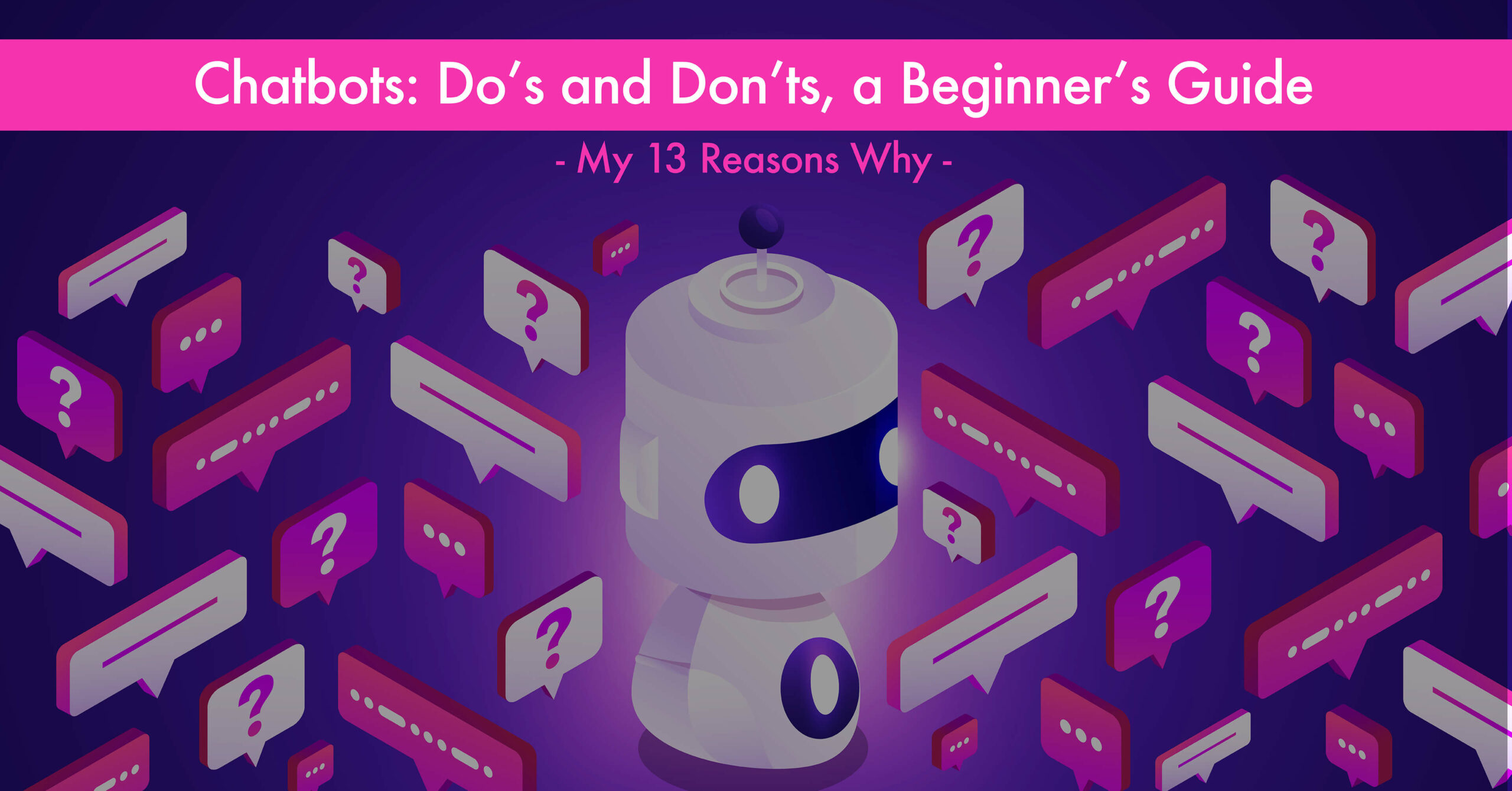Why trust is not something you can afford to give freely
The problem with remote work is that it drastically expands the cyberattack surface, introducing new cybersecurity risks that many organizations are unprepared to tackle. In 2020, during the height of the pandemic and remote work, cyberattack incidents skyrocketed across all industries. The 2021 Global Threat Report shows a dramatic increase in interactive intrusion activities throughout the year.










